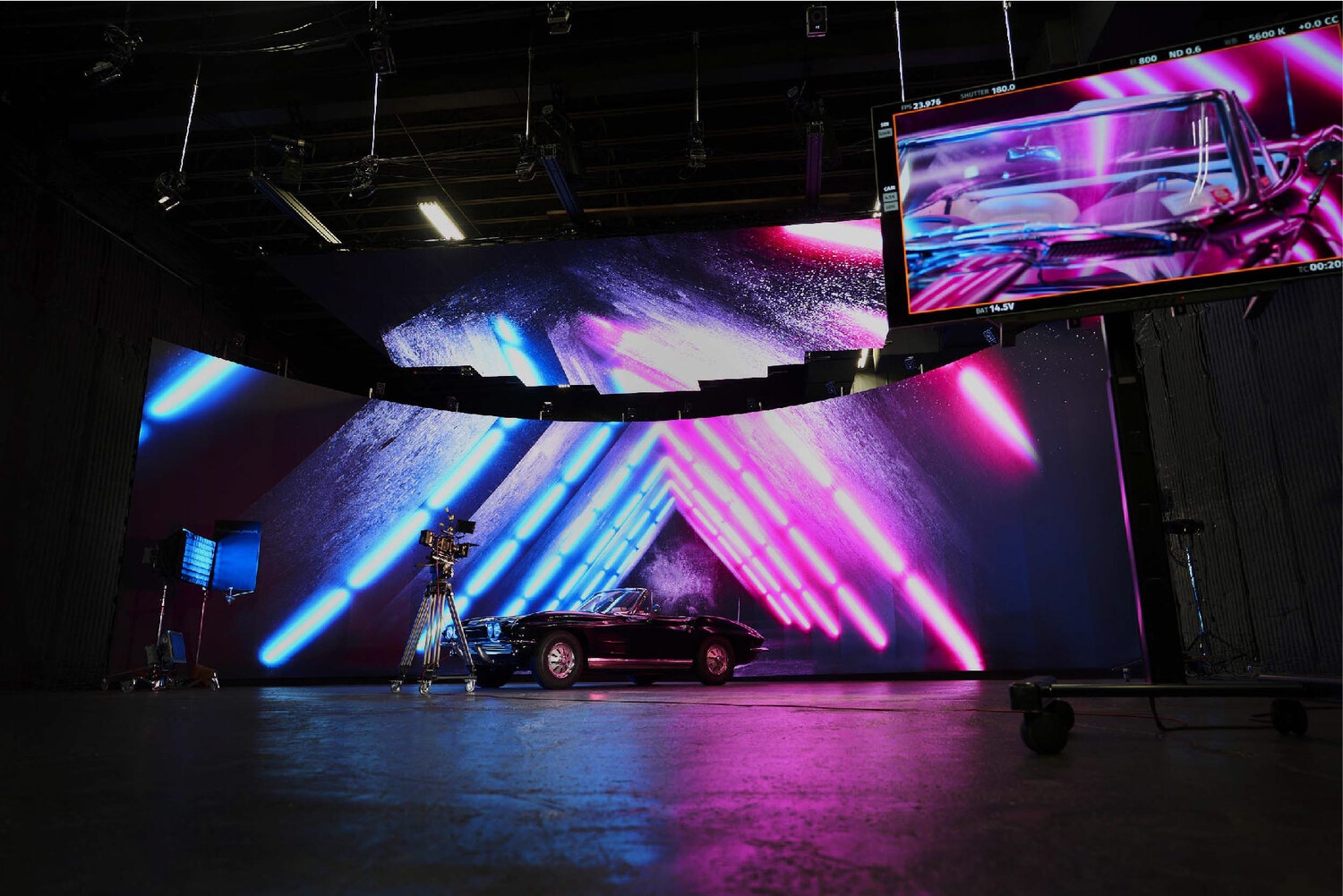Light Emitting Diode display panels have gained popularity for their capacity to deliver crisp imagery in multiple settings, from corporate environments to entertainment venues. One of the primary aspects of these panels is their connectivity options, which allow users to connect them to different devices and systems. Understanding the diverse connectivity options supported for Light Emitting Diode wall panels is essential for maximizing their use and effectiveness. This article explores these options, highlighting how they can cater to various needs and preferences.

One common interface approach for Light Emitting Diode wall panels is HDMI. High-Definition Multimedia Interface is widely known for transmitting high-quality video and audio streams between components. This connection type is particularly beneficial in business settings, such as meeting spaces or classrooms, where visual content or video content are often shared. By using digital connectors, operators can easily connect laptops, projectors, and streaming equipment to LED wall panels, ensuring a clear and dynamic presentation of information.
Another popular interface method is DisplayPort, which is similar to HDMI but offers enhanced benefits. Display Port can support higher refresh rates and display outputs, making it an ideal choice for interactive media or design-heavy applications. For those using LED wall panels in settings where output quality is critical, such as competitive gaming venues or design studios, Display Port can provide the necessary visual clarity. Moreover, many modern computers and graphics cards feature DisplayPort connections, making it a practical solution for tech-savvy professionals.
In contrast to High-Definition Multimedia Interface and DisplayPort, wireless connectivity methods are becoming progressively prevalent in LED wall panel technology. Cable-free interfaces allow operators to share content without the need for physical cables, promoting a cleaner and more adaptable configuration. Platforms such as wireless internet and Bluetooth allow users to connect smartphones, tablets, and laptops directly to LED wall panels without cumbersome wires. This convenience is especially advantageous in dynamic settings like exhibitions or live functions, where rapid changes to try this displays are often needed.
For larger installations or more complex setups, LAN integration through Ethernet is another reliable option. Ethernet connections provide a stable and reliable way to connect multiple LED wall panels within a system. This setup is suitable for electronic display use cases found in shopping malls or airports, where numerous panels may need to display synchronized content across a wide area. By using network cabling and routing hardware, users can guarantee that all linked panels receive uniform data and content seamlessly.
Lastly, it's important to consider the future of connectivity with technologies such as Universal Serial Bus-C led wall panel with sensor and Thunderbolt Three. These next-generation interfaces offer increased data transfer speeds and versatility by allowing one cable to handle both energy transfer and data transmission. As more devices adopt these protocols, LED wall panels equipped with USB-C ports will likely become more prevalent. This shift in connectivity not only enhances the functionality of LED wall panels but also aligns with the growing trend of minimalistic design in hardware arrangements by minimizing the number of wires required.
In summary, exploring the diverse connectivity methods available for LED wall panels reveals many possibilities for users across multiple industries. From conventional approaches like High-Definition Multimedia Interface and Display Port to contemporary cordless solutions and LAN setups, each pathway serves specific functions suited to distinct needs. Furthermore, emerging technologies like USB-C promise further advancements in how users interact with LED wall panels. By grasping these integration alternatives, individuals can make informed selections that enhance their overall experience with these versatile display tools.